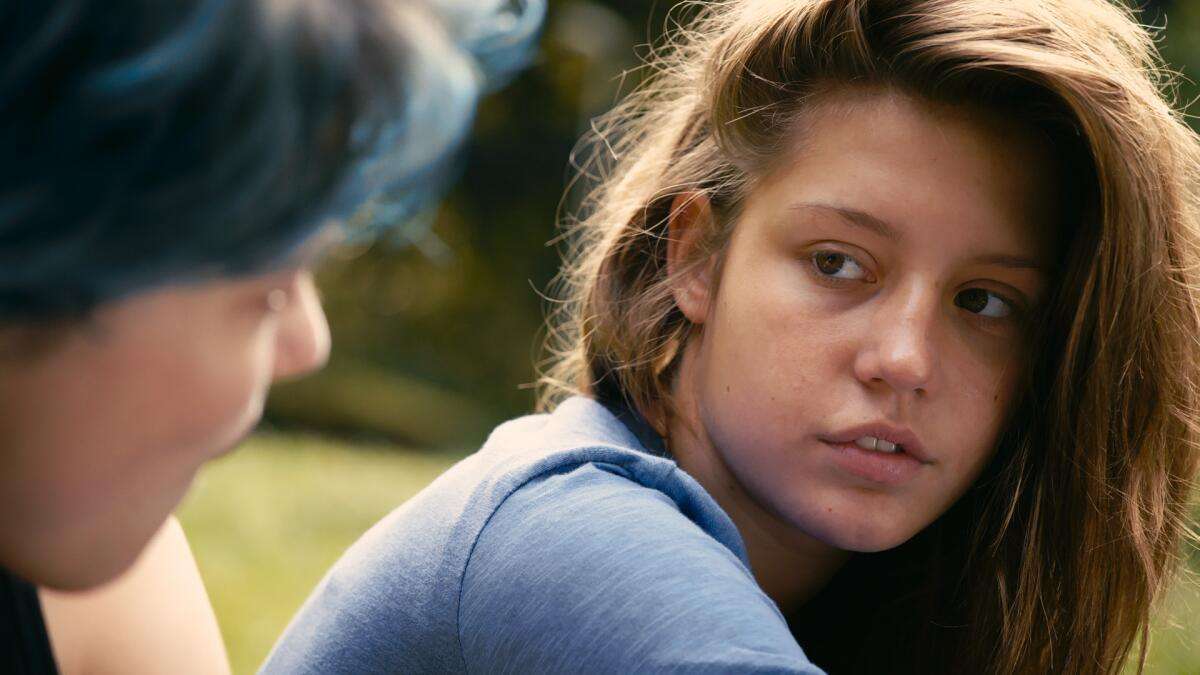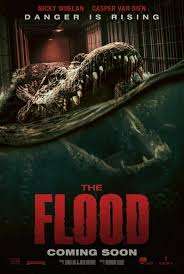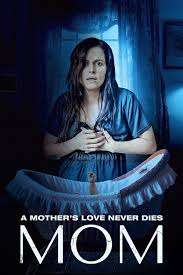Directed by: Abdellatif Kechiche
Starring: Adèle Exarchopoulos, Léa Seydoux
Runtime: 179 minutes
Original Title: La Vie d’Adèle – Chapitres 1 & 2
In the world of cinema, there are films that aim to tell stories and others that attempt to immerse you completely in someone’s emotional experience. Blue Is the Warmest Colour does the latter—stripping away traditional narrative boundaries to offer an intimate, sometimes uncomfortable, always powerful portrait of love, loss, identity, and transformation. Winner of the prestigious Palme d’Or at the 2013 Cannes Film Festival, Abdellatif Kechiche’s coming-of-age romance is both sweeping and microscopic in its emotional detail.
🎭 The Plot: Growing Pains and Passion
At its heart, Blue Is the Warmest Colour is a love story, but not a traditional or idealized one. We follow Adèle, a 15-year-old high school student (played in a revelatory performance by Adèle Exarchopoulos), as she navigates the uncertainties of youth, sexuality, and identity. Her life shifts dramatically when she locks eyes with Emma (Léa Seydoux), a confident, blue-haired art student.
From that moment, Adèle’s internal world begins to unravel and then reassemble. The film chronicles their intense emotional and sexual relationship, from the first electric moments of discovery to the slow erosion of love under the pressures of time, class differences, and unspoken needs.

💡 A Realistic Portrait of Young Womanhood
What sets Blue Is the Warmest Colour apart from typical romantic dramas is its deep psychological realism. The film lingers not only on the grand emotional moments but also on the mundane and quiet—classroom discussions, messy meals, tears that don’t lead to resolution, and silences that speak volumes.
Adèle’s journey is told through the smallest expressions: a trembling lip, a sudden pause, a sideways glance. Exarchopoulos’s performance is nothing short of extraordinary. With her expressive eyes and raw vulnerability, she becomes an open window into a young woman’s soul. Her portrayal is never overly dramatic, yet it’s utterly captivating.
Seydoux’s Emma, in contrast, is self-assured and intellectual. Their contrasting personalities create both passion and tension: where Adèle seeks emotional security, Emma craves intellectual and artistic independence. As their needs begin to diverge, the film illustrates how relationships can fray not from betrayal or hatred, but from incompatibility and unspoken longing.

🎥 Direction and Visual Language
Abdellatif Kechiche’s direction is patient and unflinching. The camera often lingers for minutes on faces, meals, or intimate moments, refusing to cut away when things become uncomfortable. This documentary-like style immerses us in Adèle’s world until we no longer feel like passive observers—we are participants in her emotional journey.
Much has been said about the film’s lengthy sex scenes, which stirred both acclaim and controversy. While undeniably explicit, they are emotionally loaded and, in many ways, essential to understanding the characters’ bond. However, their execution—guided by a male director—has raised questions about the male gaze, especially considering both actresses later spoke out about feeling exploited during filming.
Nevertheless, it’s important to distinguish between the intent of emotional honesty and the ethics of production. The film’s attempts at portraying passion and vulnerability are grounded in character, not voyeurism, but the conversations around its making are valid and necessary.
Visually, the use of color is symbolic and expressive. Blue, unsurprisingly, becomes a recurring motif—from Emma’s hair to the sky, clothing, and lighting—representing passion, transformation, and emotional truth. The film’s French title, La Vie d’Adèle, hints that this isn’t simply a love story—it’s the formative life of a young woman seen through the prism of a relationship that shaped her.
🧠 Philosophical and Social Commentary
Beyond the romantic narrative, Blue Is the Warmest Colour is also a subtle but pointed commentary on class, ambition, and identity. Emma is from a cultured, bourgeois family immersed in art and ideas; Adèle comes from a working-class background that values stability and tradition. This contrast becomes increasingly evident in their adult lives: Emma thrives in artistic circles, while Adèle becomes a schoolteacher, seeking routine and emotional grounding.

The film also explores sexual identity without reducing it to labels. Adèle doesn’t loudly proclaim herself a lesbian—she simply follows where her heart and desire lead. Her struggle is not just with her sexuality, but with the fear of being “othered” by society. One painful scene shows her peers reacting with mockery and violence to rumors about her relationship with Emma. This nuance adds emotional complexity to her character and gives the story wider cultural resonance.
🔍 Length and Pacing: A Double-Edged Sword
At nearly three hours long, Blue Is the Warmest Colour demands patience. For some, the film’s length and its slow, meandering structure will feel excessive. There’s little traditional plot, and much of the runtime is spent on daily life or emotional exploration.
Yet this is also the film’s strength. Its immersive pace allows us to fully inhabit Adèle’s world and understand how deeply love can shape a person’s identity. By the time the final, understated confrontation between Adèle and Emma arrives, it feels less like a climax and more like the soft, final note of a symphony that has already played itself out.
💔 The Ending: Bittersweet and Beautiful
The final scenes are among the film’s most devastating and honest. After all the ecstasy and heartbreak, Adèle finds herself alone, changed, and perhaps stronger. The film resists the urge to offer closure in a conventional sense. There is no grand reconciliation, no full-circle return. Instead, there is growth, maturity, and a quiet, aching sense of what love gives—and what it takes away.
Her walk into the distance, dressed for a party but isolated, is symbolic of where many of us find ourselves after first love: bruised, wiser, and uncertain, yet still moving forward.
🎯 Verdict
Blue Is the Warmest Colour is a bold, tender, and emotionally honest exploration of love in all its complexity—ecstasy, vulnerability, intimacy, and loss. Powered by extraordinary performances and immersive direction, it transcends its controversies to remain one of the most affecting love stories of the 21st century.
It’s a film that dares to take its time and doesn’t provide easy answers. In doing so, it captures something essential about growing up and falling in love for the first time: the way it can define us, break us, and ultimately, transform us.
Rating: ★★★★☆ (4.5/5)
💬 “A raw and tender coming-of-age tale that captures the soul-deep ache of first love—with beauty, pain, and unforgettable performances.”




